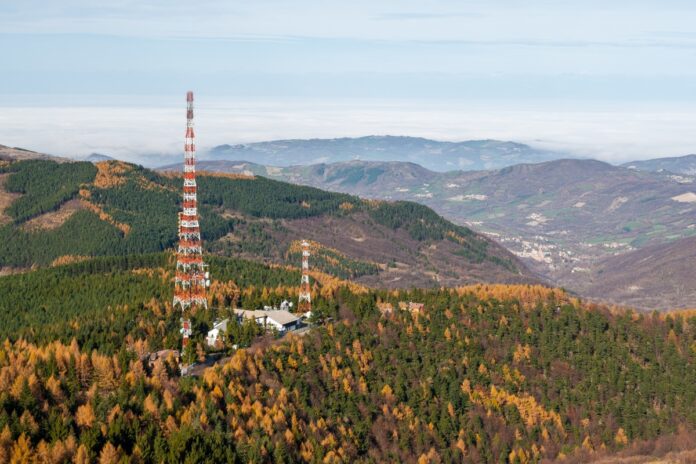Show of strength before infrastructure merger talks
Nokia and Telecom Italia (TIM) has put 600G transmissions through a gruelling 1008km live link test across the latter’s terrestrial backbone network. News of the successful speed trial was released soon after TIM announced plans to merge its infrastructure with rival cable layer Open Fiber. Is the timing of the trial significant? Was it a meaningful preparation for convincing TIM shareholders that a separate networking division would be a strong performer? “This live network field trial validates our plans to scale network capacity across our entire existing long-haul network, using the latest generation of high-performance coherent optics,” said Alberto Maria Langellotti, head of IP, transport and SDN engineering at TIM Italy.
Photosonic speeds
Nokia’s 1830 photosonic service interconnect (PSI) has extended optical network capacity to support 400GbE services across its long-haul network. It used TIM’s existing long-haul network based on Nokia’s wavelength routing system, CDC-F ROADM, to achieve the aforementioned transmission speeds using PSE-Vs super coherent optics from Nokia. These run 100GHz wavelength divided multiplexed channels to maximise network capacity. The trial also exemplifed that Nokia can achieve 6.0bits/sec/Hz over TIM’s strategic long-haul routes. The data transit speeds were achieved on a long-haul route connecting TIM’s live network of mixed SMF/LEAF fibre spanning using Nokia’s 1830 PSI-M compact modular disaggregated transport system.
Impressive spectrals
TIM and Nokia demonstrated error-free performance at 600Gb/s over a 1008km link spanning the width of Ital from Torino to Rome, a journey consisting of 18 fibre spans and five ROADMs nodes. Data whizzed at speeds of 400Gb/s over a 2140km link from Torino in the north to Catania, Sicily in the south, a journey consisting of 37 fibre spans and 12 ROADMs nodes. “Nokia is enabling spectrally-efficient network capacity over real-world long-haul networks while setting new milestones for capacity-reach performance,” said James Watt, head of optical networks division at Nokia.


